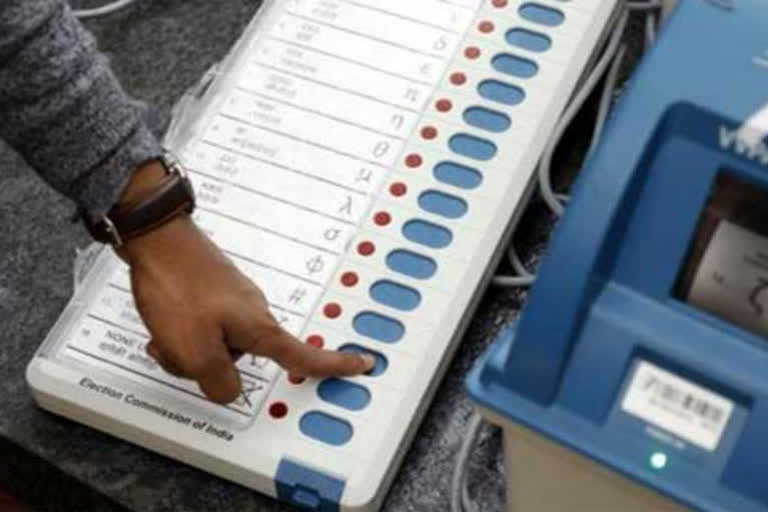Thiruvananthapuram: When the voting pattern in the country in recent elections largely reflected a caste/religious polarisation, the voting pattern in the Local Body elections in Kerala comes as a welcome relief. The divisional tactics played by BJP and a supportive role played by the Congress led United Democratic Front failed to evoke any positive result in the Local Body elections where people seemed to have voted for the developmental works carried out by the CPM led Left Democratic Front government. The thumbing victory by the LDF in Kerala is a shot in the arm for the LDF government which would be facing Assembly elections within the next four to five months.
Chief Minister Pinarayi Vijayan was the poster figure in the LDF campaign and their slogan was 'Vote for development'. No government in Kerala had faced such a combined attack against its leaders in recent times. When a large section of the media along with BJP and Congress carried out a hate campaign, mostly based on half baked facts and misinformation, the government struggled to keep its voice heard in the public, especially during days close to the three phases of Local Body polls. However, the results show that the combined opposition had failed to mask the social welfare schemes and developmental works carried out by the present regime in the Local Body election, where the public largely discussed matters closer to their daily life.
LDF will be ruling three out of the six Corporations with a clear cut majority and they may snatch power in two more Corporations – Kochi and Thrissur- with possible support from the independents and rebels. When it comes to 14 District Panchayats, LDF has improved its 2015 figures and has won 10 of them. It had won only 7 during the 2015 elections. When it comes to Municipalities, the only segment where LDF could not make a grand claim of success, it has won 35 out of 86 Municipalities. Here BJP led National Democratic Alliance, managed to won one more municipality, taking their count to two, compared to the 2015 elections. UDF has an upper hand in Municipality segment as they managed to win 45 Municipalities and the fate of four Municipalities hangs in the hands of independent candidates.
Also read: Kerala civic polls: 78.62 pc voter turnout in final phase, counting on Dec 16
LDF has won in 112 Block Panchayats out of 152. LDF had only won 89 Block Panchayats during 2015 elections. UDF has only managed to win in 40 Block Panchayats so far and the results of remaining are awaited.
Out of 941 Grama Panchayats, LDF has won 514 and UDF has secured 377 and NDA 22. Independents and other smaller parties have secured 28 Grama Panchayats.
Kerala has one of the best local body governance systems in the country, where decentralisation of administration has been carried out with razor sharp precision and efficacy. The involvement of the local bodies, irrespective of their political affiliation, was evidently played out in Kerala, especially when the state faced calamities. The public witnessed the effectiveness of such a decentaralised system of administration when Nippah virus outbreak shook the state first. Micro-level intervention by the local self governments again during the time of the devastating floods in Kerala, cemented the trust of people in the efficiency of the present government further. When the whole world stood clueless about the methods to fight the Covid pandemic, Kerala again shot to limelight with its micromanagement in controlling the pandemic.
The present ruling dispensation is reaping the benefits of its visionary intervention during these trying times. It was the first state to announce a Rs. 20,000 Crore relief package as early as in February, just within weeks of reporting the first Covid case in the country. It made sure that nobody living in Kerala would go hungry following the lock-down and loss in wage days and established community kitchens across the state. Regular provisional supplies were ensured to each and every home, irrespective of their financial status. It increased the old age pension amount and launched several social welfare scheme and relief fund models for different segments of working class society. It brought together social organisations, philanthropists and NGOs under one umbrella and coordinated all relief efforts. When such a massive involvement was all evident right in front of the eyes of the voters, it was very difficult for the LDF government to spare poorly in the Local Body elections.
